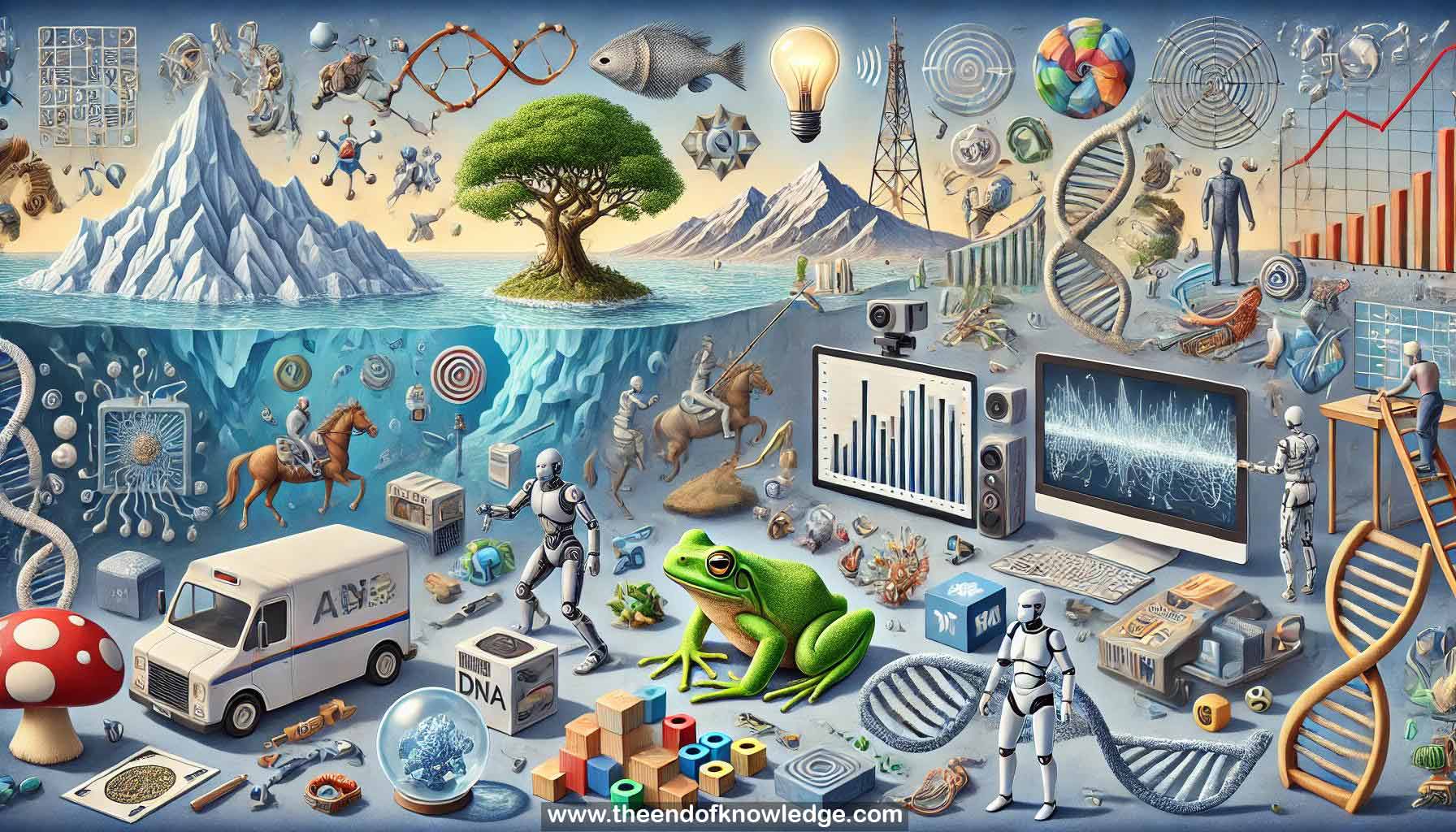 >
>
Concept Graph & Resume using Claude 3 Opus | Chat GPT4o | Llama 3:
Resume:
1.- Embodiment: The idea that having a body prepares organisms to handle real-world complexity.
2.- Xenobots: Biological robots created from frog cells, designed by AI to perform specific tasks.
3.- Morphological pre-training: Internal growth and change in organisms prepare them for external surprises.
4.- Biophysical models: Simplified physics engines simulating cellular behavior and interactions.
5.- Genetic algorithms: Evolutionary methods used to design and optimize xenobots and other robots.
6.- Sim-to-real gap: The challenge of transferring behaviors from simulated environments to physical reality.
7.- Self-replication: The ability of xenobots to create copies of themselves through movement and cell collection.
8.- Soft robotics: A field focusing on creating robots with flexible, adaptable bodies and components.
9.- Gradient descent for robot design: Using machine learning techniques to optimize robot morphology and control.
10.- Differentiable physics engines: Simulation tools allowing for backpropagation of error through robot bodies and controllers.
11.- Bespoke AI and robotics: Creating unique, individualized machines to enhance resilience against adversarial attacks.
12.- Biofabrication: The process of manufacturing biological robots or structures using cells and tissues.
13.- Morphogenetic code: The underlying rules governing how cells communicate and organize themselves during development.
14.- Bio-hybrid technology: Combining biological and technological components in robotic systems.
15.- Cellular communication: How cells interact and exchange information, influencing development and behavior.
16.- Zero-shot learning in biology: Cells' ability to respond appropriately to novel situations without prior experience.
17.- Exponential technologies: Rapidly growing and potentially dangerous innovations requiring careful management and countermeasures.
18.- Adversarial attacks: Attempts to manipulate or deceive AI systems, highlighting the need for robust defenses.
19.- Technological heteroculture: Diverse ecosystem of unique machines to prevent widespread vulnerabilities.
20.- Crowd-sourced robot design: Engaging large groups to participate in AI-driven robot creation.
21.- Environmental remediation: Potential application of xenobots for cleaning up aqueous environments.
22.- Cellular sensors: The ability of individual cells to detect and respond to environmental stimuli.
23.- Biological autonomy: The tendency of living systems to behave according to their own internal drives.
24.- Boundary between organisms and machines: The blurring line between natural and artificial entities.
25.- AI-driven biological design: Using artificial intelligence to guide the development of novel biological structures.
26.- Kinematic self-replication: Reproduction through movement and manipulation of environmental resources.
27.- Retroactive technologies: Solutions developed to counter existing threats or problems.
28.- Cellular motility: The ability of cells to move independently, influencing development and behavior.
29.- Morphological computation: Utilizing body structure to perform information processing tasks.
30.- Biologically-inspired robotics: Drawing insights from living systems to create more adaptive and resilient machines.
Knowledge Vault built byDavid Vivancos 2024